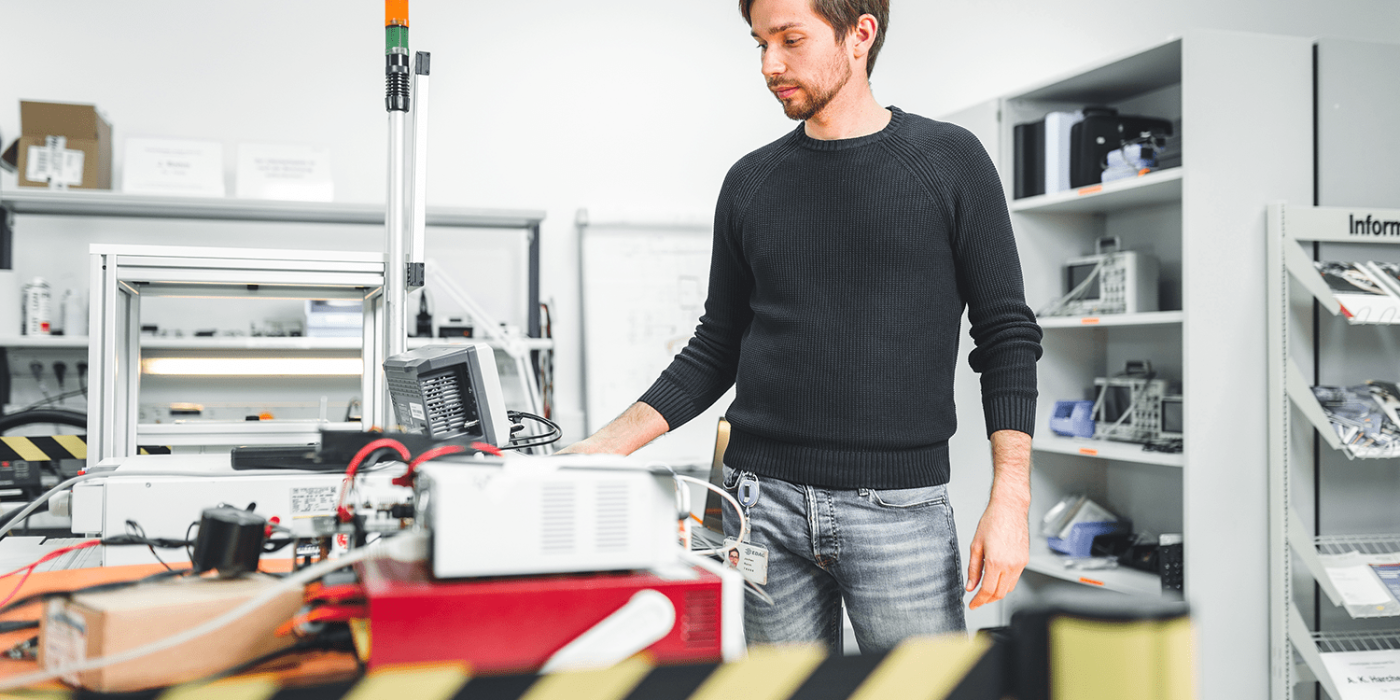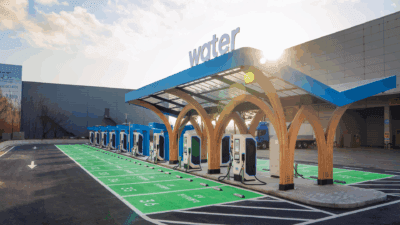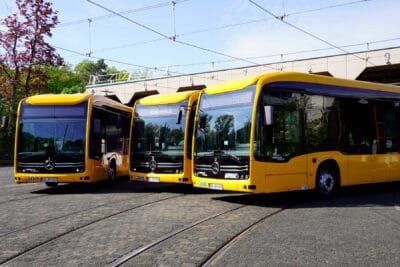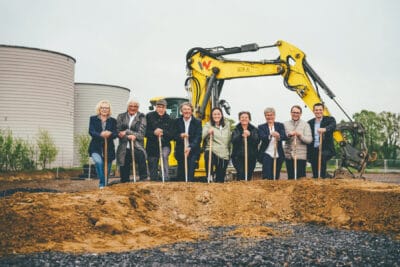Germany’s EDAG patents wireless EV charging technology
As part of the German LaneCharge project, their engineering partner EDAG developed a new process for inductive charging of electric cars and applied for the patent. A key point: unlike previous approaches, EDAG set the charging intelligence in the vehicle and no longer in the road.
To recapture, the LaneCharge project launched in Germany in 2019. Researchers at Hannover University of Applied Sciences and Arts are working with industry partners to develop a fully functional inductive charging system. Two converted vehicles at a cab stand at Hanover Central Station will be charged wirelessly in the final project phase.
Project partner EDAG is responsible for developing the power electronics and integrating the technology into the vehicle. This is precisely where the new solution comes in as significantly more charging system components are installed in the car and no longer in the road.
The in-road technology is intended to be simpler and more robust than before. As a result, embedding the technology in the street or parking space will be more cost-effective and facilitate the rapid expansion of inductive charging infrastructure by energy providers and road operators.
But to achieve this, the necessary regulation of the charging power must take place in the car. According to EDAG, a single electronic component in the road can supply several transmitter coils, with each vehicle controlling the energy intake from its transmitter coil itself. This should not only be cheaper but also safe resources on the infrastructure side.
“With previous inductive methods, it was also possible for several transmitter coils to be connected to power electronics in the road. They could not, however, be controlled individually; on the contrary, the power transferred via all the transmitter coils was geared to the vehicle with the lowest charge requirements,” explains Jochen Rohm, Embedded Systems Development Engineer at EDAG. “The drawbacks of this method are obvious: as every vehicle has its charge requirements, only one vehicle received the optimum charging power. What is more, real-time communication was essential for regulation, usually via WLAN.”
The new technology reverses the roles, he added. The charging intelligence installed in the vehicle decides autonomously and individually how much energy it takes from the transmitter coil. As a result, many cars with different charge requirements can be optimally charged on just one roadside power electronics unit without any need for real-time communication. EDAG has applied for a patent on this new process.
Initial tests will take place at the Hanover University of Applied Sciences, and from 2023, the patented technology will undergo real-life testing at Hanover Central Station, as mentioned above.
The Federal Ministry of Transport and Digital Infrastructure (BMVI) is funding the LaneCharge project with €2.77Mn through the Electromobility Funding Directive coordinated by NOW GmbH.





0 Comments